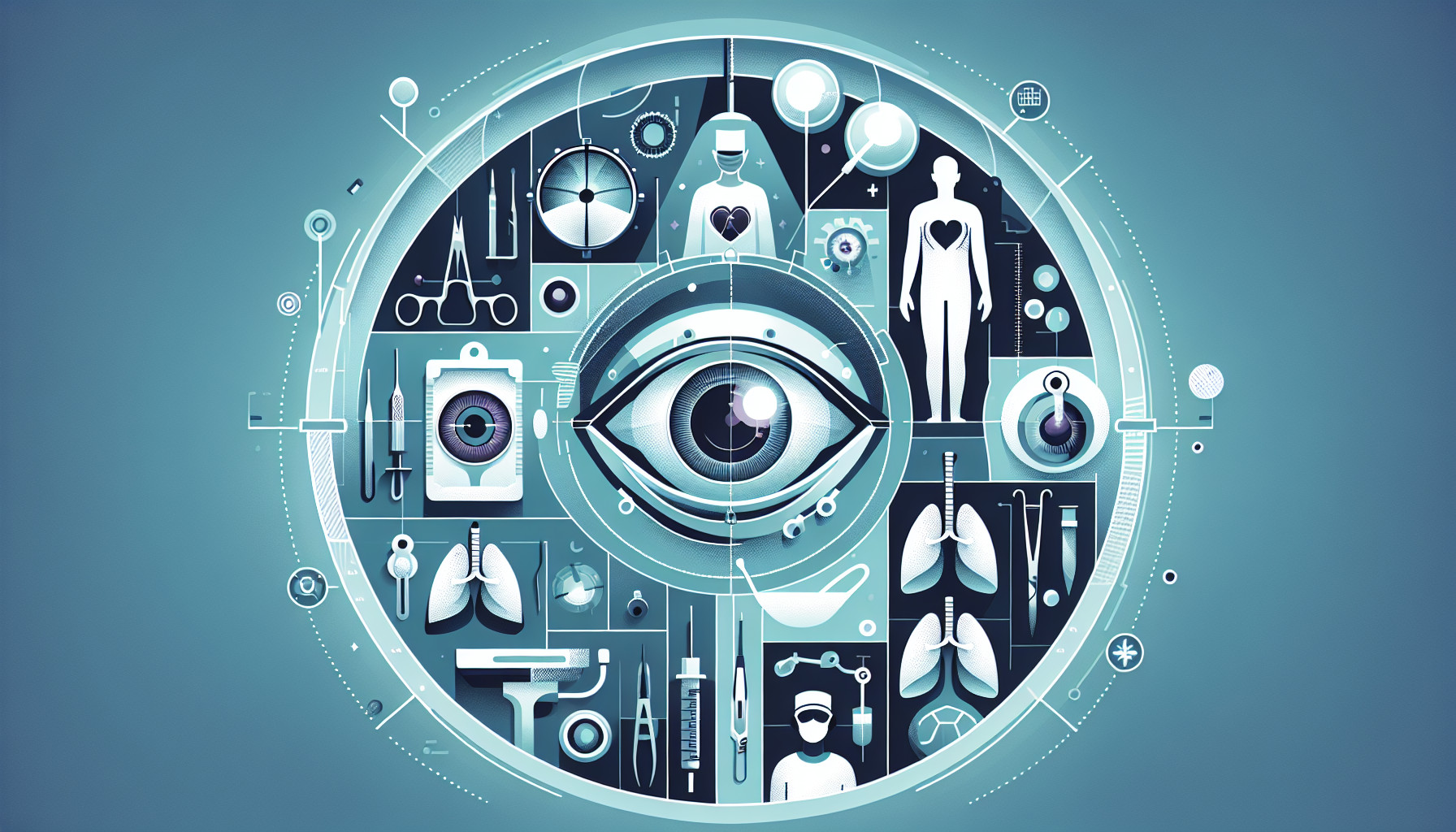Our Summary
This study aimed to develop and test a low-cost training model for strabismus surgery. Strabismus surgery is used to correct misaligned eyes, and traditionally, surgeons learn this through the “see one, do one, teach one” approach. However, this new model uses commercially available materials to simulate the surgery, providing a more accessible training option.
42 eye doctors used the model to mimic a particular surgical task and then rated its realism and usefulness for training. The model was rated highly for simulating the process of securing and stitching muscles, but it was less successful in replicating aspects like muscle dissection and the conjunctiva (the clear tissue covering the front of the eye).
Overall, the doctors felt the model simulated strabismus surgery well and was similar to other dry simulation models. Despite some challenges in accurately replicating some parts of the eye, the model is still seen as a good training tool for basic strabismus surgical techniques.
FAQs
- What is the main purpose of strabismus surgery?
- What were the strengths and weaknesses of the new training model for strabismus surgery?
- How did the eye doctors rate the realism and usefulness of the new training model?
Doctor’s Tip
One helpful tip a doctor might tell a patient about ocular surgery is to follow all pre-operative instructions provided by the surgeon, such as fasting before the procedure or avoiding certain medications. It is important to adhere to these guidelines to ensure the best possible outcome and minimize the risk of complications during and after surgery.
Suitable For
Patients who are typically recommended for ocular surgery include those with:
- Cataracts: Clouding of the lens in the eye that affects vision
- Glaucoma: Increased pressure in the eye that can lead to optic nerve damage and vision loss
- Retinal detachment: Separation of the retina from the back of the eye
- Strabismus: Misalignment of the eyes
- Refractive errors: Issues with the shape of the eye that affect vision, such as nearsightedness, farsightedness, and astigmatism
- Corneal diseases or injuries: Damage or disease affecting the cornea, the clear front part of the eye.
Timeline
Before ocular surgery:
- Patient consults with an ophthalmologist or eye surgeon to discuss the need for surgery and potential risks and benefits.
- Patient undergoes pre-operative testing and evaluation to assess their eye health and determine the best surgical approach.
- Patient receives instructions on pre-operative care, such as avoiding certain medications and fasting before surgery.
- On the day of surgery, patient is prepped for the procedure and anesthesia is administered.
After ocular surgery:
- Patient is monitored in a recovery area immediately following surgery to ensure there are no complications.
- Patient may experience some discomfort, swelling, and blurred vision in the days following surgery.
- Patient is given post-operative instructions on how to care for their eyes, including using prescribed eye drops and avoiding strenuous activities.
- Patient attends follow-up appointments with their surgeon to monitor healing and address any concerns.
- Over time, patient’s vision improves as the eyes heal and any alignment issues are corrected.
What to Ask Your Doctor
Some questions a patient should ask their doctor about ocular surgery include:
- What specific type of ocular surgery is recommended for my condition?
- What are the potential risks and complications associated with this surgery?
- What is the success rate of this surgery for patients with similar conditions?
- How long is the recovery period, and what can I expect during the recovery process?
- Are there any alternative treatments or procedures that could be considered instead of surgery?
- How experienced are you in performing this type of surgery?
- What technology or equipment will be used during the surgery?
- Will I need to follow any specific pre-operative or post-operative instructions?
- What type of anesthesia will be used during the surgery?
- Are there any specific lifestyle changes I should make before or after the surgery to optimize the results?
Reference
Authors: Malik M, Shah N, Kit V, Jain S. Journal: Eye (Lond). 2021 Mar;35(3):805-810. doi: 10.1038/s41433-020-0966-1. Epub 2020 May 19. PMID: 32427966
